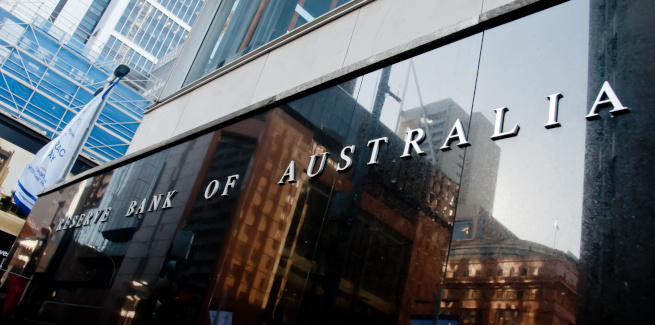Following an emergency meeting held today (Thursday, 19 March), the Reserve Bank of Australia’s (RBA) monetary policy board has decided to cut the official cash rate to a new record low of 0.25 per cent and commence quantitative easing (QE).
The RBA said it will not increase the cash rate target until progress is being made towards full employment and it is confident that inflation will be sustainably within the 2–3 per cent target band.
“The coronavirus is first and foremost a public health issue, but it is also having a very major impact on the economy and the financial system,” the RBA governor, Philip Lowe, said.
“As the virus has spread, countries have restricted the movement of people across borders and have implemented social distancing measures, including restricting movements within countries and within cities. The result has been major disruptions to economic activity across the world. This is likely to remain the case for some time yet as efforts continue to contain the virus.
“Financial market volatility has been very high. Equity prices have experienced large declines. Government bond yields have declined to historic lows. However, the functioning of major government bond markets has been impaired, which has disrupted other markets given their important role as a financial benchmark. Funding markets are open to only the highest quality borrowers.
“The primary response to the virus is to manage the health of the population, but other arms of policy, including monetary and fiscal policy, play an important role in reducing the economic and financial disruption resulting from the virus.”
He continued: “Australia's financial system is resilient and well placed to deal with the effects of the coronavirus. The banking system is well capitalised and is in a strong liquidity position. Substantial financial buffers are available to be drawn down if required to support the economy. The Reserve Bank is working closely with the other financial regulators and the Australian Government to help ensure that Australia's financial markets continue to operate effectively and that credit is available to households and businesses.”
The announcement has been made two weeks ahead of its monthly board meeting – scheduled for 7 April – to counter the growing economic risks associated with the coronavirus (COVID-19) outbreak.
The RBA’s foreign counterparts have pulled similar levers in recent weeks, with the Federal Reserve supplementing its 100 bps cut to its funds rate with commitments to purchase $700 billion in US treasuries and $200 billion in mortgage-backed securities over the coming months.
The Reserve Bank has also been actively responding to liquidity pressures faced by the banking sector, which has been grappling with trading volatility.
Over the past few weeks, the banking sector has received significant liquidity boosts from the RBA, which has been purchasing a larger than average volume of assets through repurchase (repo) transactions on the overnight money market.
In the past few days alone (17 March and 18 March), the central bank has purchased over $19 billion in assets, with the vast majority of repos purchased with transaction terms of over 90 days.
This comes amid expectations from analysts of a looming recession, with senior economists at both Westpac and ANZ recently forecasting negative GDP growth over the coming quarters.
In an analysis released earlier this week, Westpac chief economist Bill Evans and senior economist Andrew Hanlan said the federal government’s $17.6 billion stimulus package would not be enough to prevent the domestic economy from slipping into a “technical recession” – two consecutive quarters of negative GDP growth.
“Our analysis of the package suggests that the initiatives are only likely to offset the contraction in the June quarter that we had estimated earlier in the week rather than lift growth into positive territory,” the analysis read.
“However, the current domestic and global environment has deteriorated more rapidly than we had expected. The downside risks to our central case forecast that we envisaged earlier in the week are now materialising.
“For us, despite the government’s bold efforts, the June quarter is still likely to show negative growth and Australia will experience a technical recession.”
Meanwhile, ANZ Research senior economists Felicity Emmett and Catherine Birch have forecast a 2 per cent quarter-on-quarter fall in GDP growth in the three months to June, and a 1.9 per cent contraction in the year to December 2020.
The ANZ economists have predicted that subdued economic activity would likely trigger a sharp increase in the unemployment rate (currently 5.1 per cent), which they said could hit 7.8 per cent by year’s end.
“Policy stimulus will help, but it won’t be able to offset the demand loss that will come from social distancing and widespread closures,” the analyst stated.
The economists added that the outlook is “more uncertain than usual”, warning that a longer or wider-spread disruption could result in a “deeper drop in activity and a sharper rise in unemployment”.
RBA governor Philip Lowe is set to provide further information regarding the central bank’s monetary policy strategy later today.
More to come
[Related: Further easing on the cards amid COVID-19 threat]

